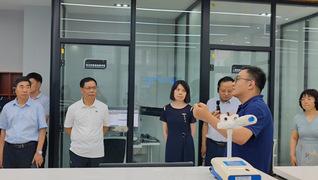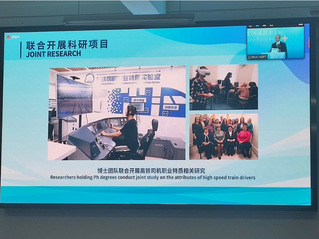
Objective: To evaluate the clinical effects and value of enteral nutrition (EN) support therapy in elderly patients with severe pneumonia.
Methods: A total of 94 elderly patients with severe pneumonia were randomly divided into EN group (44 cases) and control group (50 cases). EN group was treated with enteral nutritional support, while the control group was only given normal diet. The Triceps Skin-Fold thickness(TSF), Arm Muscle Circumference(AMC), Hemoglobin (HB), Total protein (TP), Albumin (ALB), Prealbumin (PA), nitrogen balance and other nutritional indexes of the patients were measured before and after treatment, and the length of hospital stay, hospitalization cost, treatment effect, adverse reactions of the patients in the two groups were compared.
Results: TSF, AMC, HB, TP, ALB and PA of EN group were significantly increased compared with that of the same group before treatment (p<0.05). AMC, HB, TP and ALB in the control group were significantly lower than those in the same group before treatment (p<0.05). The effect of nitrogen balance in EN group was better than that in control group (χ2=6.216, p=0.045). The mortality rate in EN group (9.1%) was lower than that in control group (16%).The incidence of adverse reactions in EN group was lower than that in control group (χ2=4.761, p=0.029). The mean number of days in the EN group was (25.70±12.83) less than that in the control group (34.19±19.86) (t=2.286,P=0.025). There was no significant difference in hospitalization costs between the two groups (t=1.878, p=0.064).
Conclusion: EN support can effectively improve the nutritional of elderly patients with severe pneumonia, improve the clinical treatment effect, correct the negative nitrogen balance, shorten the hospitalization time, and reduce the mortality rate and occurrence of complications, with good economic and social benefits.
Reference:Hou Yuanyuan, Xing Huayan, Ning Jing, Hu Danhua, Sun Yanjie. Clinical effects of enteral nutrition support on nutritional status of elderly patients with severe pneumonia. Acta Medica Mediterranea, 2020, 36: 477-48.



